From the beginning of the film industry in 1895, shooting techniques, cameras, technology and more have shown a remarkable improvement. However, the magic is not these technologies. The magic is the person who uses these technologies. There are quite a few film directors. Nonetheless, there are just a few directors who managed to be successful. One of the directors who could achieve this title is Alfred Hitchcock. He had repeatedly suffered from bankruptcy on his way to make films. He managed to get a director title in lots of films. One of his masterpieces is Rope which contains remarkably interesting parts for the film industry. To find these particular details, we need to analyze the film elaborately.
The plot of Rope is clearly and shortly summed up by Helen Cox: “Brandon and Philip share a New York flat. They have distorted the rather Nietzschean ideas of their former headmaster Rupert and decide to strangle their ‘inferior’ friend David Kently. Placing the body in the old chest, they continue with plans to hold a dinner party whose guests include David’s parents, his fiancée Janet, and Rupert. As Brandon’s behavior becomes increasingly more daring and Philip’s more nervous, Rupert begins to suspect. He finally confronts them and then calls the police.” (Cox&Neumeyer, 16)

Primarily, I would like to begin with the poster of Rope. On the poster, it says, “IT BEGINS WITH A SHRIEK…. IT ENDS WITH A SHOT!” Obviously, it is a foreshadowing. The film begins with the shrieks of the victim, and it ends with Rupert’s several shots with a gun into the air. Hitchcock loves to use details in his films, but there are obvious details you can easily recognize and details that you need to watch several times to catch. One of the other details which are vaguely concealed is Hitchcock’s cameo appearance in Rope. Commonly, his cameo appearances are quite apparent. However, there is an exception in Rope. Instead of his literal appearance, we see his profile with the red neon sign. Apart from these details, while I was watching Rope, I encountered a filming mistake between 44:18 and 44.24 minutes. In this scene, Rupert talks with Brandon next to the door column. The mistake is during the transition (because of the ten-minute rule) Rupert teleports from the right side of the column to the left side of the column; that was the only mistake I could detect.
Furthermore, Rope is also significantly essential for Hitchcock because Rope is his first coloured film. This characteristic already makes the film so special. However, apart from this feature, the location is also interesting. Rope takes place (Develope) only in one place which is quite a courageous decision. The reason why I bring this up is that shooting a film in one place means you have a limited place and limited storyline. If this kind of film has not been structured elaborately, the storyline reaches a dead end. As a result, audiences get bored with watching the film. This is the reason why the film is so special. Its storyline is well-structured, and the audiences have the feeling of what is going to happen in the following scenes. This is not the only feeling that audiences have experienced. The suspense also has been used quite elaborately throughout the film. When I was watching the film, I had the feeling, “Are they going to get caught?” “Is Phillip going to make a terrible blunder and make himself and Brandon get caught?” “Is somebody going to open the chest?” asking these questions throughout the film makes the storyline quite pleasing for me.
Additionally, I would like to mention the shooting structure and technique. Unfortunately, in the 1950s, a film camera magazine length was 10 minutes. So, every 10 minutes, the film camera magazine had to be replaced with a new one. Hitchcock believes that cutting is like sewing something. “Cutting implies sewing something. It really should be called assembly.” (Alfred Hitchcock)
However, He wanted to shoot more than 10 minutes; at least, he wanted to make us feel like we are watching a film without a cut. As a result, he used Panning Technique in Rope. At the end of ten minutes had elapsed, he zoomed in on a piece of clothing, changed the film camera magazine, and then he zoomed out from the same piece of clothing so that the audiences felt as if there was no cut. However, I cannot say he did not use any cut. He used the same amount of pan with the cut. If you elaborately watch pans and cuts, you will visualize the structure of it. At the end of each ten minutes, he used pans and cuts in order. The beginning of the film starts with a cut, and at the end of the next ten minutes, we observe a pan off.
Additionally, I would like to mention the shooting structure and technique. Unfortunately, in the 1950s, a film camera magazine length was 10 minutes. So, every 10 minutes, the film camera magazine had to be replaced with a new one. Hitchcock believes that cutting is like sewing something. “Cutting implies sewing something. It really should be called assembly.” (Alfred Hitchcock) However, He wanted to shoot more than 10 minutes; at least, he wanted to make us feel like we are watching a film without a cut. As a result, he used Panning Technique in Rope. At the end of ten minutes had elapsed, he zoomed in on a piece of clothing, changed the film camera magazine, and then he zoomed out from the same piece of clothing so that the audiences felt as if there was no cut. However, I cannot say he did not use any cut. He used the same amount of pan with the cut. If you elaborately watch pans and cuts, you will visualize the structure of it. At the end of each ten minutes, he used pans and cuts in order. The beginning of the film starts with a cut, and at the end of the next ten minutes, we observe a pan off.

All the cuts listed. Source: Wikipedia
Unsurprisingly, Hitchcock used this ten minute obstacle in his favour. When we group these pans off and cuts, we encounter some connections if we read them horizontally. He created a structure which shows us a circle. This circle starts with the chest, continues with the love relationship between Kenneth and Janet, Rupert’s suspicions, phone calls, and ends with the chest again. In this part, I would like to stress the phone and love because these two things lead us to the metaphor in the film. As I have mentioned before, the film takes place in a flat in a building, and the phone is the only way to contact the outside world. The phone has a significant effect on the tension of the film. For instance, through the end of the film, Rupert calls, and we observe the rising action. Kenneth and Janet are not the only couples. There is also a gay couple, Brandon and Philip. Rope is a metaphorical object that bonds Brandon and Philip. Otherwise, they could have killed David with a gun.
From the beginning until the end, the film invites us to think elaborately about whether murder is a form of art or not. Brandon utters, “Murder can be art, too. The power to kill can be just as satisfying as the power to create,” which is ironic because art is creating something, but on the other hand, murder means destroying something. Brandon wants to be an artist like Rupert, who writes books and like Philip, who plays the piano. Brandon believes that Rupert is going to appreciate him because Rupert narrates the perfect murder in his book. Apart from these, we can observe other materials related to art. We observe quite a few paintings, some sculptures, and wallpaper. I have already mentioned why Hitchcock did not use cuts all the time because he wanted his audiences to feel as if they were watching a theatre such that at the beginning of the film, we see a closed curtain. After some time, curtains are opened, and the film begins. Throughout the play, we see an opened curtain, which means the theatre is still going. This theatrical performance is also art; the film’s itself is art.
The piece which was played on the piano by Phillip had also been chosen elaborately. The name of the piece is Trois Mouvements Perpétuels by Francis Poulenc. The suspense is also given via the piece played on piano. While Philip is playing the piano, Brandon comes and asks a question which makes Philip nervous. This causes him to play the piano out of tune, and we feel the tension.
Before the closing credit, I would like to tell you that the film is possibly based on a real story. If we take a look at a text by Claude J. Sumers, he says, “Leopold and Loeb gained notoriety when they were arrested for the murder of a fourteen-year-old boy, Bobby Franks, in May 1924…” (Summers, 1), “Although they claimed to have been motivated primarily by a desire to commit a ‘perfect crime’ and thereby exemplify the exemption of “Nietzschean supermen” from the moral code…” (Summers, 1), “Their motivation to kidnap and kill young Bobby Franks was widely believed to be at least in part rooted in their sexuality, or more particularly, their homosexuality.” (Summers, 1) This case has quite a few similarities with the film Rope. Homosexuality between Brandon and Philip, Nietzschean and perfect crime are related elements between the film and the real event.
Finally, I would like to mention the minor irony in the credits. After David Kentley’s name, Brandon and Philip are ironically listed as “his friends” They are the people who murder David. How can they be his friends? This is the last irony in Rope by Alfred Hitchcock.
As a result, Rope has significantly important elements, and these elements make it one of the most unforgettable films. Contrary to the many films and series in the 21st century, Hitchcock’s films teach us to think comprehensively. Apart from the elaborately arranged details, the shooting technique, storyline and the actors’ performance are also an inspiration for countless people.
Refrences:
[1] Rope. Directed by Alfred Hitchcock, performances by James Stewart, John Dall, Farley Granger, Douglas Dick, Joan Chandler, Dick Hogan, Edith Evanson, Cedric Hardwicke, Constance Collier, Warner Brothers, 1948.
[2] Hitchcock, Alfred. “Hitchcock explains about CUTTING.” Youtube, uploaded by narik3322008. 29 January 2009.
[3] Summers, Clause J. Leopold, Nathan F. (1904-1971), and Richard A. Loeb (1905-1936). PDF, glbtq, Inc, 2009.
[4] Cox, Helen, and David Neumeyer. “The Musical Function of Sound in Three Films by Alfred Hitchcock.” Indiana Theory Review, vol. 19, 1998, pp. 13–33. JSTOR, http://www.jstor.org/stable/24044537. Accessed 9 Jun. 2022.
[5] Kronshage, Eike. “Alfred Hitchcock: Narrative Cinema Rope (1948)” 2022. Microsoft PowerPoint file.
[6].”Wikipedia,WikimediaFoundation,6June2022, https://en.wikipedia.org/wiki/Rope_(film).
Text: Bekir Erol İşbiliroğlu
Grafik: Jennifer Greim

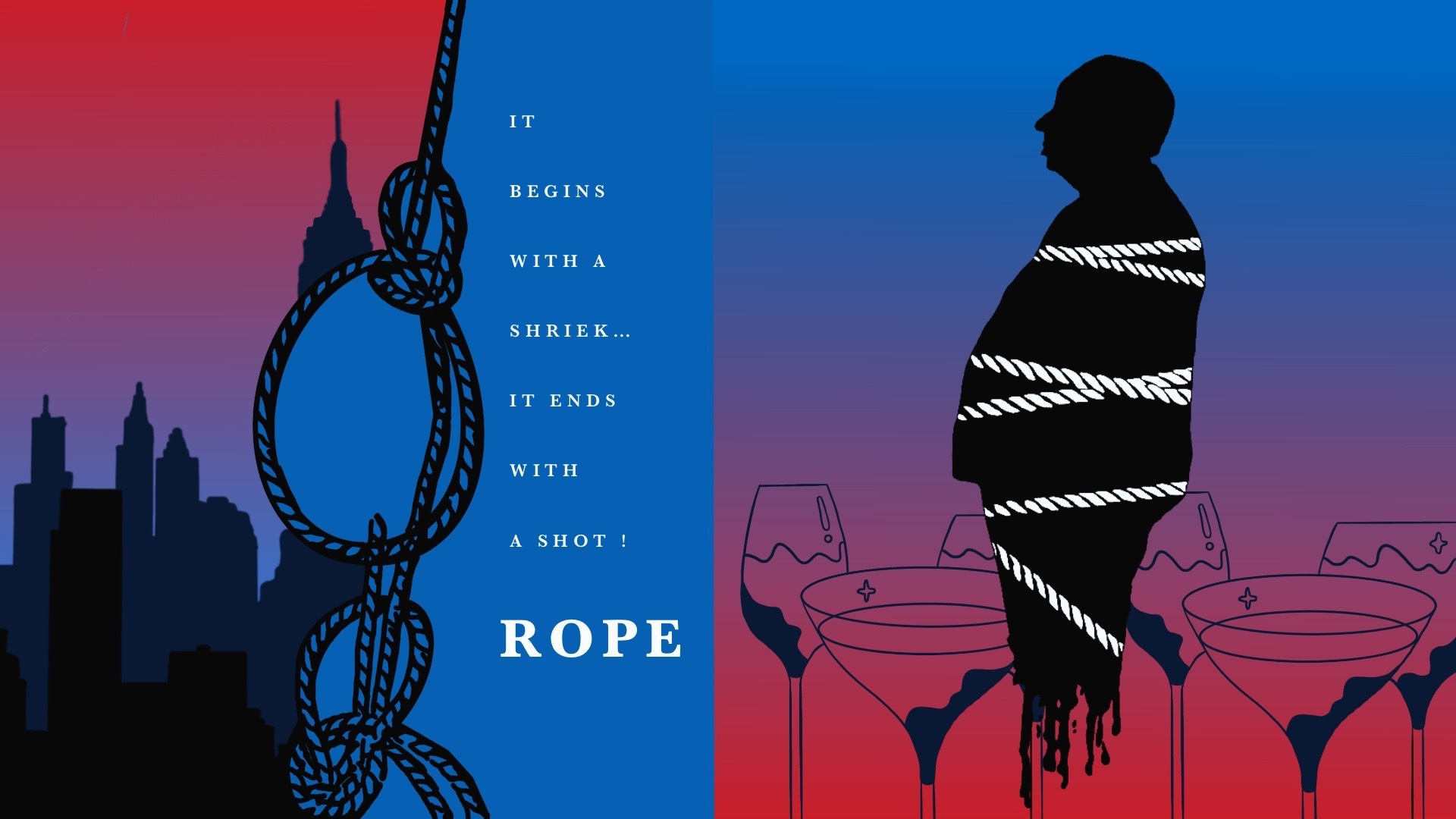



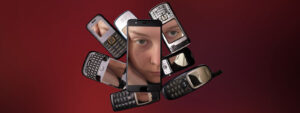
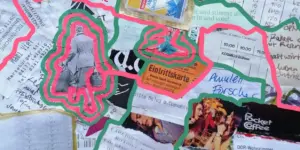
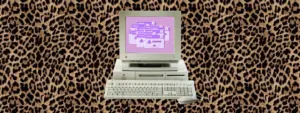
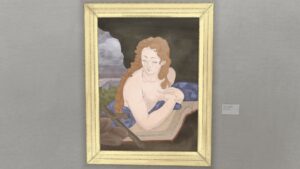
No comment yet, add your voice below!